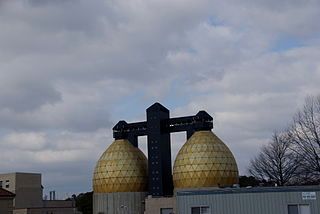From a Guest Blogger: Why Anaerobic Digestion Is Environmentally Friendly

The Effect Of Anaerobic Digestion
It is this constantly reaching for better solutions that has driven Anaerobic digestion to where it is now. Through the combination of bacteria, microorganisms and archaea, we are able to breakdown organic matter into methane, water, carbon dioxide and digestate. This enables us to create electricity, heat and organic compost; not to mention the benefits of utilising methane gas as a fuel to power vehicles. The process means that fewer fossil fuels are burned, chemical fertilisers can be substituted for a more natural option and our food can have a milder treatment system in place.
Replacing Fossil Fuels And Reducing Landfills
Through experimentation with a variety of waste materials, discoveries have been made that increase the effect of Anaerobic Digestion. GTS Maintenance reports that plants with a higher calorific value, such as rapemeal and maize, along with particular forms of waste such as slurry and manure, provide the most effective results through the process. Through implementing waste materials, we can actively reduce the amount of waste we send to landfill sites, promising a reduction in toxic substances leaking into our soil and water – another positive outcome of implementing AD.
Saving The Fuel Economy
Since its conception, Anaerobic Digestion has come a long way. With new processes in place, there has been a reduction in the increase of CO2 equivalent emissions, caused by the transportation of the fertilisers created. Thanks to the research carried out by Wavalue, the by-product from AD was merged with organic fertilisers to create ecofertiliser granules. These are much easier to transport and has resulted in a 50% reduction in “CO2 equivalent emissions.”
As has always been the case, the biogas created from Anaerobic Digestion can be used as fuel in certain types of cars, reducing our carbon footprints even further. Not only is biogas approximately 25% cheaper than regular fuel, it also reduces the amount of pollution released into our atmosphere.
With the leaps and bounds Anaerobic Digestion is making, we are well on our way to a happier, much more healthy environment.

